Kenya Art And Crafts
.Kenya art and culture are the best in Africa. On this site, allow us to bring you detailed information about art and crafts of Kenyan people.
Kenya’s culture exemplifies the art of adornment and decoration, and history shows that this has been a long and influential tradition. Throughout the country, there are many examples of rock art and cave painting by early man, and of similar designs and motifs carried through recent centuries.
Many Kenyan traditional societies placed great significance on decoration of both functional and ritual objects, and the body. In tribes such as the Kuria and the Samburu, this was raised to the form of high art.
The Samburu place great significance on physical beauty and adornment, especially among warriors, who take great care with their physical appearance, using hair styling and ochre body painting to create an impression of great delicacy. It was this trait that earned them their name Samburu- Butterflies, given to them by other tribes.
Many Northern nomadic tribes such as the Boran, Oromo and Gabbra extensively decorate functional items, including water gourds, stools and neck pillows.
The Turkana people, who live in one of Kenya’s harshest environments, still afford great care and attention to decoration of the body and objects such as ostrisch egg waterholders, wrist knives and clubs.
For the Maasai, the use of decorative beading is extremely significant, and jewellrey is used to emphasize social status and to signify stages of initiation and passage. Modern forms of art came to Kenya progressively. The art of carving was practiced throughout Kenya to produce both functional and decorative items.
The Akamba people are considered the best Kenyan carvers, and have long been known as skilled woodworkers. Carving on the coast was centred on the island of Lamu, where the local Bajun tribe is believed to have influenced Arab craftsmen to create a unique hybrid of styles.
The Kisii tribe of Western Kenya is also well known for their carving in stone, using locally quarried soapstone. They use a locally quarried soapstone to produce a range of carvings. The most popular items are small animals, chess pieces based on traditional African designs and more functional items such as egg cups, soap dishes, coasters and ash trays.
The soapstone here varies in colour from white (the easiest to carve) through various shades of pink to a deep lustrous red (the most difficult to carve). The tourist trade has certainly had great influence over Kenyan carving, but many traditional designs have survived, and often new and interesting carving styles.
Graphical art in Kenya has a much less defined history. There are certain traditions in design and representation derived from rock art patterns, but also considerable influence from the coast. Textile design and decorative art throughout the coast created strong Swahili designs from Middle Eastern roots.
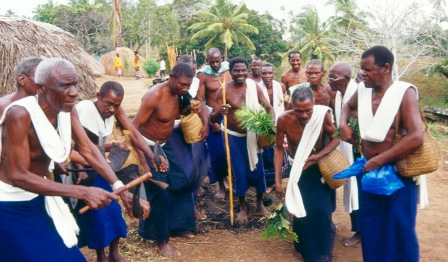
Painting and drawing in the formal European sense was introduced by colonialism. There were several European artists in colonial Kenya, the best known being Joy Adamson.
Although better known for her conservation work and writing, she was also an accomplished artist. Her botanical paintings were used as a base for Kenya’s original textbooks on plants, and her huge collection of tribal portraits remain a body of work of great anthropological importance.
Kenyan painting has gradually developed incorporating traditional designs with modern technique. One of Kenya’s best known painters, who has achieved international fame and recognition, is Joel Oswago. Joel is from Western Kenya, and his brilliant paint work depicts scenes of Luo life both traditional and modern.
His style is difficult to describe or define. He paints his subjects in an intense defined manner, emphasizing bodily and facial features with sharply contrasting primary colours.
This can create an impression of harshness, but also of great physical vulnerability. His scenes of village life are usually structured in a tableau to suggest an immediate social or domestic situation. His art can be remarkably funny, terribly sad or often a combination of both.

Kenya has developed a name as a home for bohemian expatriate artists, and there are many international artists living and working in the country. Probably the best known of these is Peter Beard, an American photographer. Beard spent many years living and working in Kenya, and has became internationally famous for his photographic record of his life in the bush.
His work is mostly expressed in a series of journals, in which photographs, news cuttings, mud, blood and objects are plastered across the pages. These images have been exhibited internationally and converted into several books.
While some consider his work ego-driven and overly avantgarde, the heart of his collection is a deep passion for Kenya and strong but well founded concerns for its future.
At the National Museum an independent trust, called the Kuona Trust, has been established to foster and encourage Kenyan artists.
The Trust has set up an artists residence by the shores of Lake Naivasha, where a space and accommodation for artists is available. This program is bearing great fruit, and the centre located directly beside the Museum, is open to the public. There are displays of modern art here in all media. Promising artists include Michael Wambua Soi and Rochard Kimathi Wamae.
There are several other private .galleries in Nairobi city
Other Pages of Interest
Kenya Culture | Akamba | British Colonialists | Crafts | Cultural Business Meetings | Cultural Communication | Cultural Eye Contact | Cultural Gestures | Gift Giving | Cultural Law | Cultural Music | Cultural Space | Cultural Time | How to Talk in Kenya |Recent Articles
-
Garam Masala Appetizers ,How to Make Garam Masala,Kenya Cuisines
Sep 21, 14 03:38 PM
Garam Masala Appetizers are originally Indian food but of recent, many Kenyans use it. Therefore, on this site, we will guide you on how to make it easily. -
The Details of the Baruuli-Banyara People and their Culture in Uganda
Sep 03, 14 12:32 AM
The Baruuli-Banyala are a people of Central Uganda who generally live near the Nile River-Lake Kyoga basin. -
Guide to Nubi People and their Culture in Kenya and Uganda
Sep 03, 14 12:24 AM
The Nubians consist of seven non-Arab Muslim tribes which originated in the Nubia region, an area between Aswan in southern
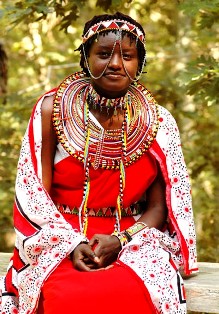
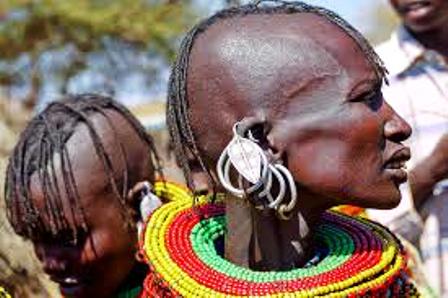

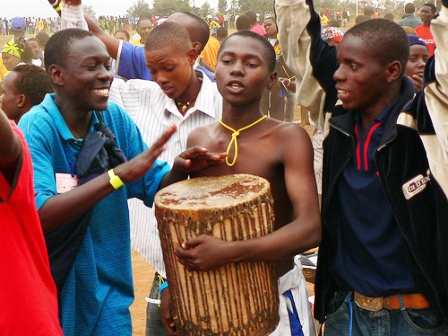
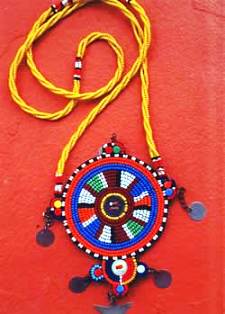







New! Comments
Have your say about what you just read! Leave me a comment in the box below.